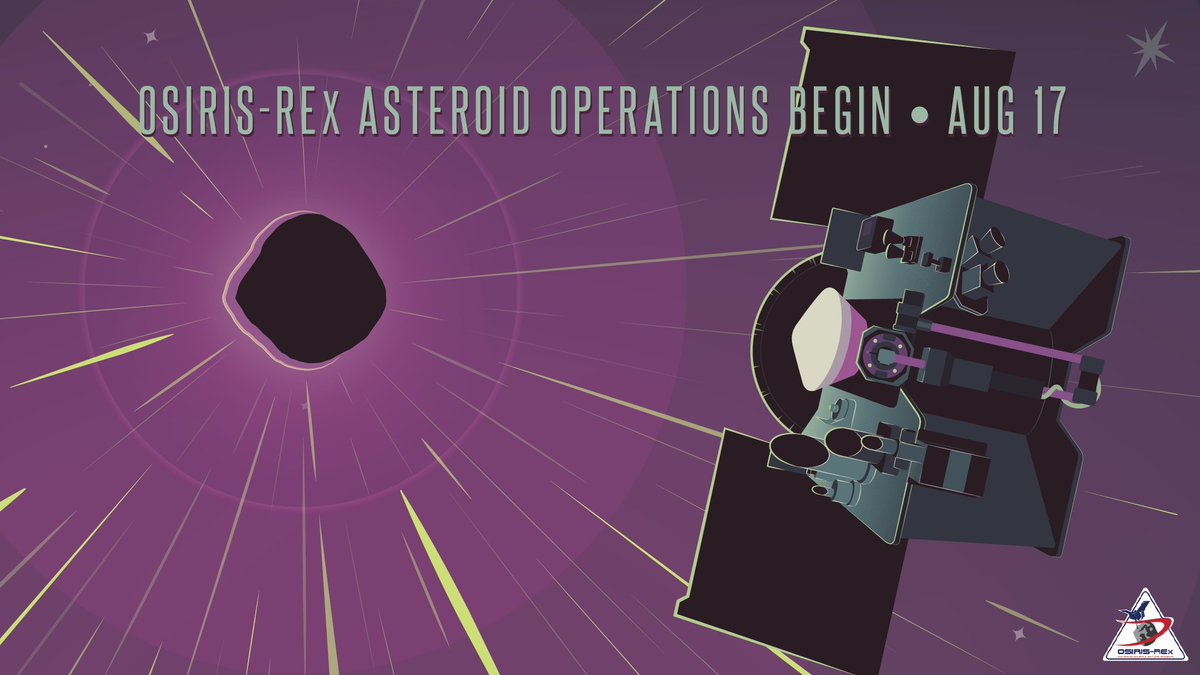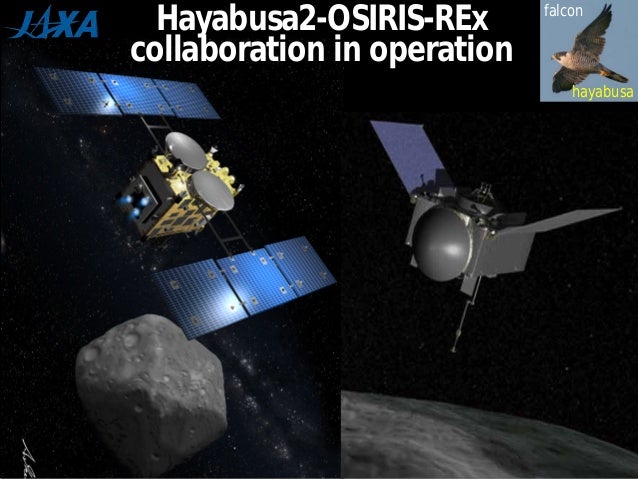
https://www.space.com/41531-parker-solar-probe-first-milestones-to-sun.html
https://www.asteroidmission.org/asteroid-operations/
There are four instrument suites on board Parker Solar Probe, which will each need to be powered and readied for science data collection. The FIELDS investigation, which consists of the most elements, went first. It was powered up on Aug. 13 for two activities. First was the opening of the clamps which held four of the five FIELDS antennas stowed during takeoff. These antennas will be deployed roughly 30 days after launch, and they will stick out from the corners of the spacecraft’s heat shield — called the Thermal Protection System — and be exposed to the harsh solar environment. Second, the spacecraft’s magnetometer boom was fully deployed. This boom contains three magnetometers and a fifth, smaller electric field antenna, all part of the FIELDS suite. Further instrument check-outs and deployments are scheduled in the coming days for the spacecraft.https://spaceflightnow.com/2018/08/15/hayabusa-2-probe-gets-a-closer-look-at-asteroid-amid-landing-preps/
Chasing asteroids: Dual missions sniff out clues to solar system's past
https://www.csmonitor.com/Science/2018/0817/Chasing-asteroids-Dual-missions-sniff-out-clues-to-solar-system-s-past

That Venus flyby will occur on Oct. 3, paving the way for the Parker Solar Probe's first close encounter with the sun on Nov. 5.

A crescent moon, a ringed planet and a field of stars amid a nebula of light blue represent NASA’s scientific underpinnings, particularly the enduring quest for answers to age-old questions about the workings and evolution of our planet, our solar system and the universe.
For more information about NASA’s 60th anniversary, visit:
No comments:
Post a Comment